

The radio and electronics blog of Carl Ratcliffe, M0ICR



Nice signal report on the 15m dipole especially as conditions are not great on the higher bands at the moment.
A quick burst of FT8 over 5-6 mins:

Nice to see that a quick blast of 40m WSPR is still yielding DX results. This time using the QRP-Labs Ultimate 3 at 0.5W and an inverted L antenna.


Learning to use EasyEDA and designing a PCB that I am calling the piggyback.

A Hitachi 44780 LCD module (1602 or 2004) will be mounted in front of he board (the 16 pins at the top), I2C connection(s) will also be possible. The Arduino Nano (U1) is mounted on the left of the board with breakout fins for each of the pins (I am not entirely happy with the design yet as, on reflection) I really want to add the possibility of breaking out ALL of the Nano pins (including the digital ones not yet connected). Finally there is a matrix board for prototyping on the right of the board and also a contrast preset (R1) (for the 44780) and a DC connector jack (J1).
Here is an idea of what it looks like in 3D with the 44780 fitted (the PCB was an earlier iteration).
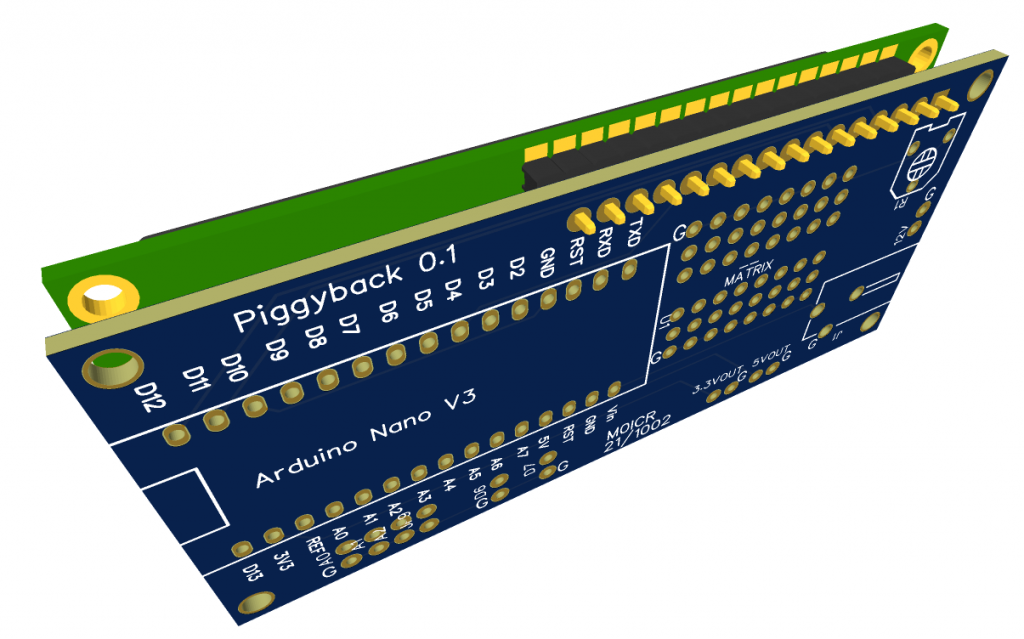
Having fun playing around with JS8 Call in the last day or so. Slowly getting the hang of it and had a couple of QSO’s with Hans (TA4/G0UPL) yesterday whilst setting it up. After a bit of trial and error (and watching a couple of videos on YouTube) I managed a handful of QSO including a couple into USA.
The image below shows the results of a ‘Heartbeat’ message I sent this morning confirming 40m reception in Switzerland (2 x HB( stations) and Germany – good signal strengths all of them.
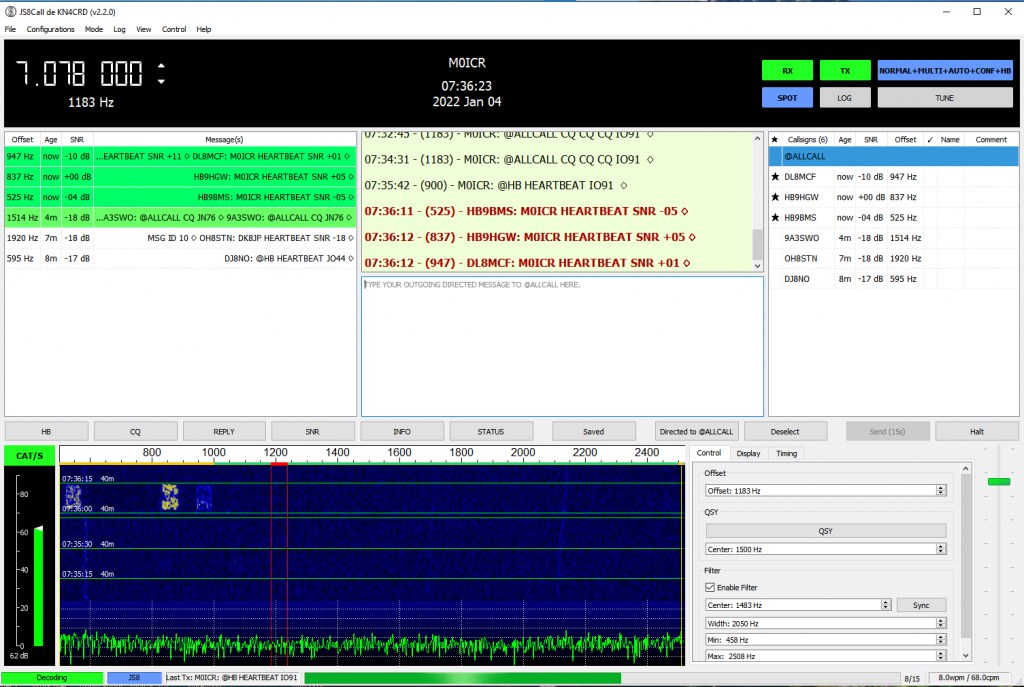
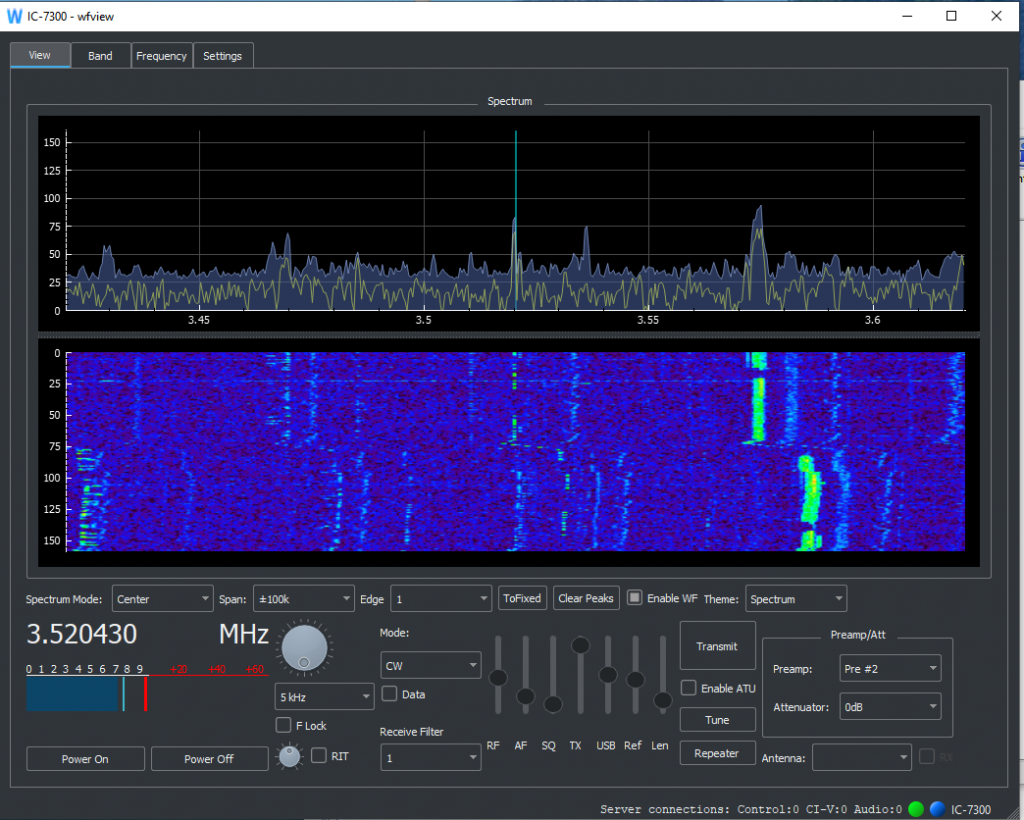
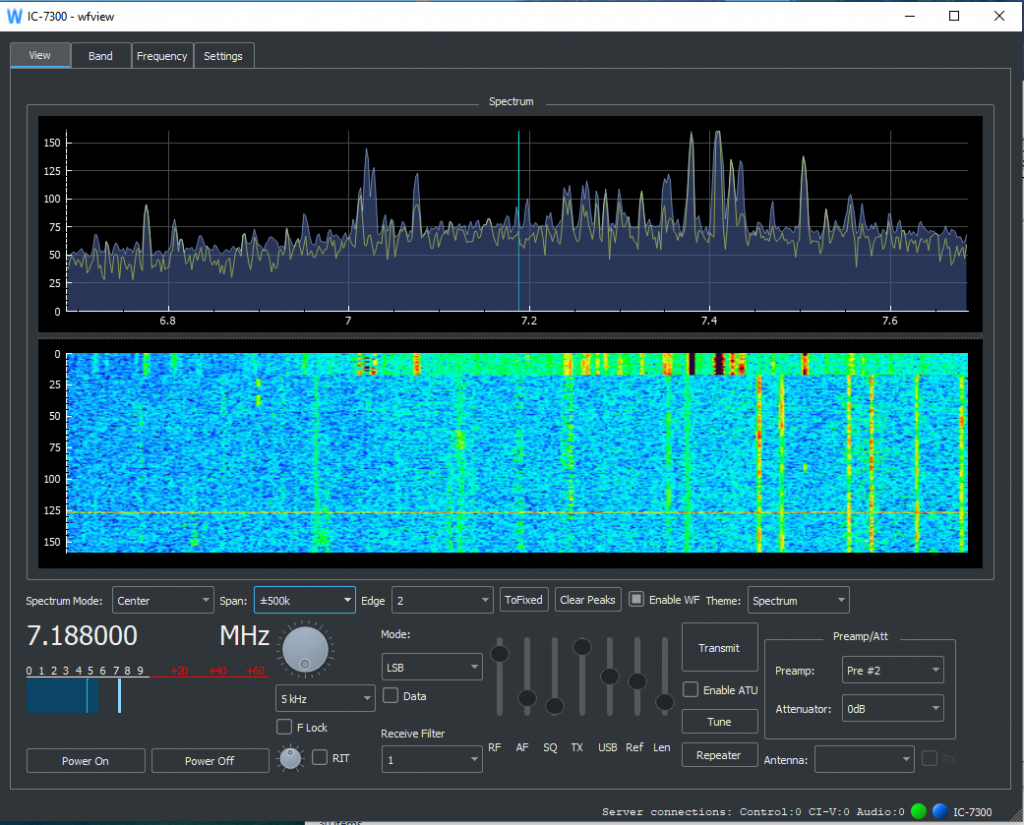
Some good DX reception with the QCX Mini today.






Fun to enter the CQWW CW Contest this weekend, active on all bands 160 – 10m.
Radio and antenna
Simple setup: Icom 7300 radio and the following antennas:
40m half wave end fed: for 40m and 20m
G7FEK (pair inverted L’s joined at the feed): 160m (with loading coil), 80, 40m ((but usually the half wave)
Fan dipole: 15, 10m
Raw score and comparison


… beats my first entry (2020) as M0ICR:

500% increase in and more than double the QSO. Also a increase in Zones worked (42 up to 57) and Countries (Cty) increase from 133 to a pleasing 212.
Highlights
The highlight of 2021 was working 5 ZL’s (New Zealand stations) in the early hours of Saturday morning:
ZM1A
ZL3X (Quake Contesters – Drinkers with a Contesting Problem! …. according to QRZ.com)
ZL4TT
ZM1M
ZM4T
The vast majority of QSO were made of a steady stream of cross-Atlantic QSO on 20 and 15m from noon through to early evening, switching to 40m in the evenings and sweeping up European stations (and the odd bit of DX) on 80m and 160m later at night / early hours.
It was a shame that conditions seemed so poor on 10m but working 30DXCC on 160m made up for that considering the sub-optimal antenna I am using on that band (G7FEK and loading coil). Details of the G7FEK can be found here: http://www.g7fek.co.uk/software/G7FEK%20antenna.pdf with the loading coil at page 11.
CQWW CW Conditions
Conditions good at the start of the contest (for a change!):

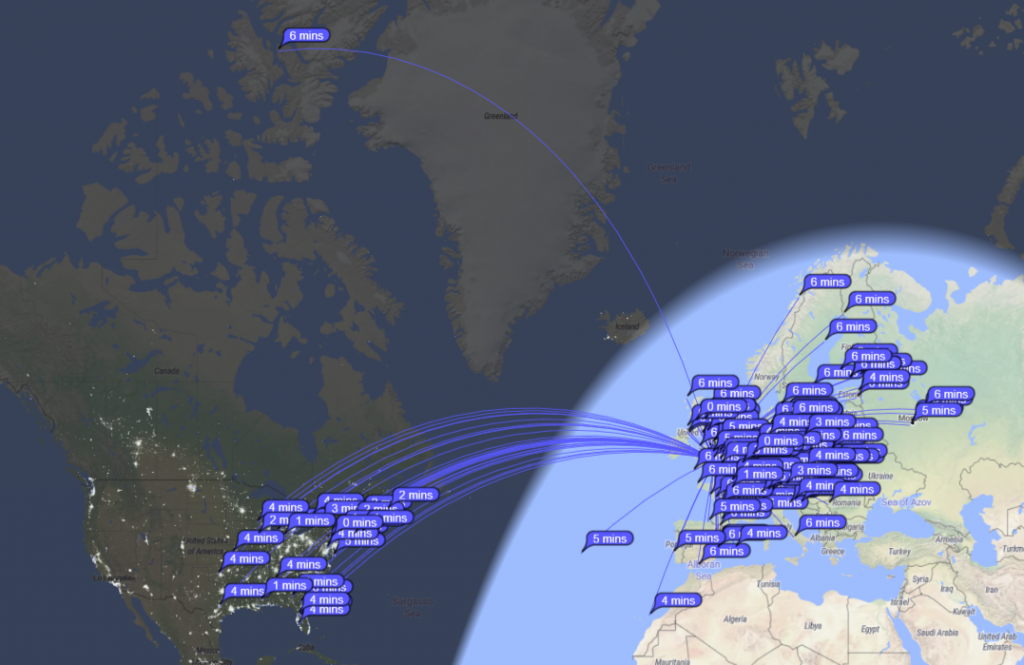
From QRZ.com VY0/VE1RUS is operating from Eureka, Nunavut at the PEARL Ridge Lab.
PEARL is the Canadian Polar Environment Atmospheric Research Laboratory in the Arctic.
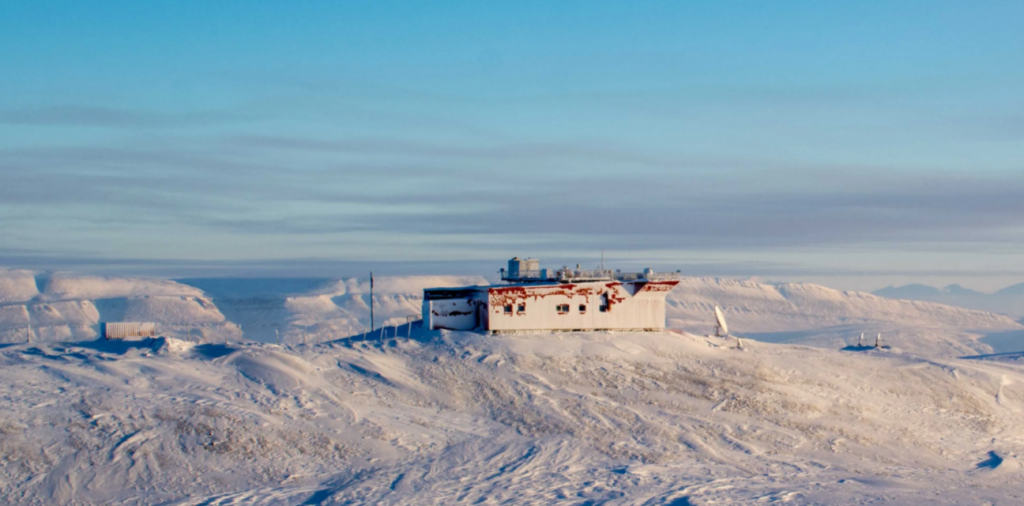
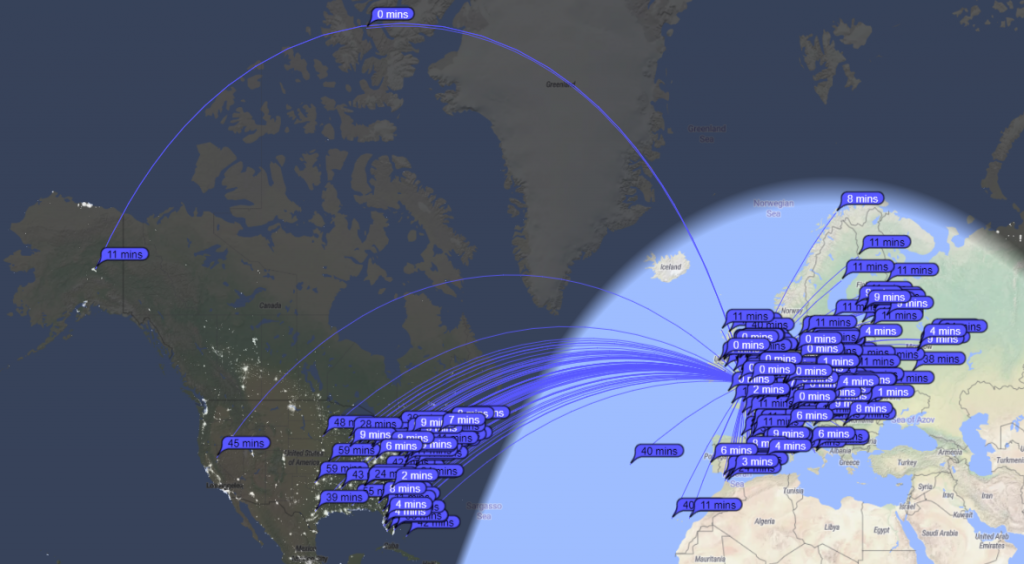
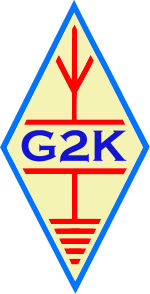
Very pleased to have qualified for my new contest callsign – G2K
15m FT8 Fox and Hounds mode


Where’s St Maarten?



40mins to break the pile-up!

Messy, but we got there!

Silvano (I2YSB) in Guinea-Bissau
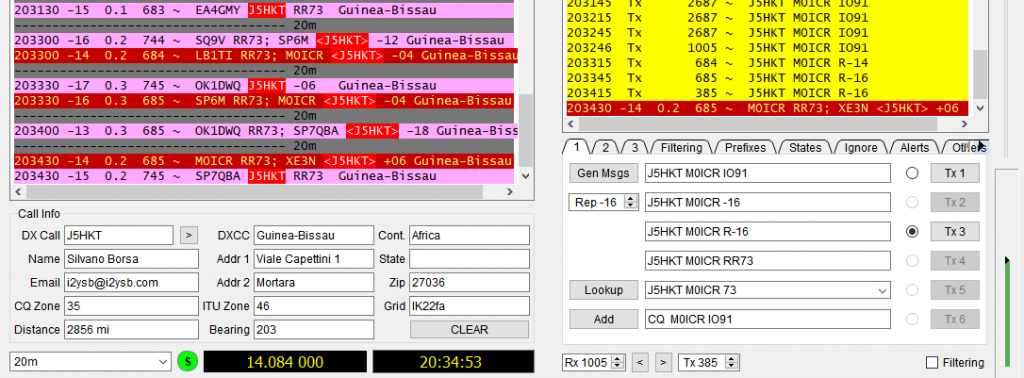
and equally messy on 30m!

A bit easier on 10m




… just need to find a nice enclosure for the GPS module.
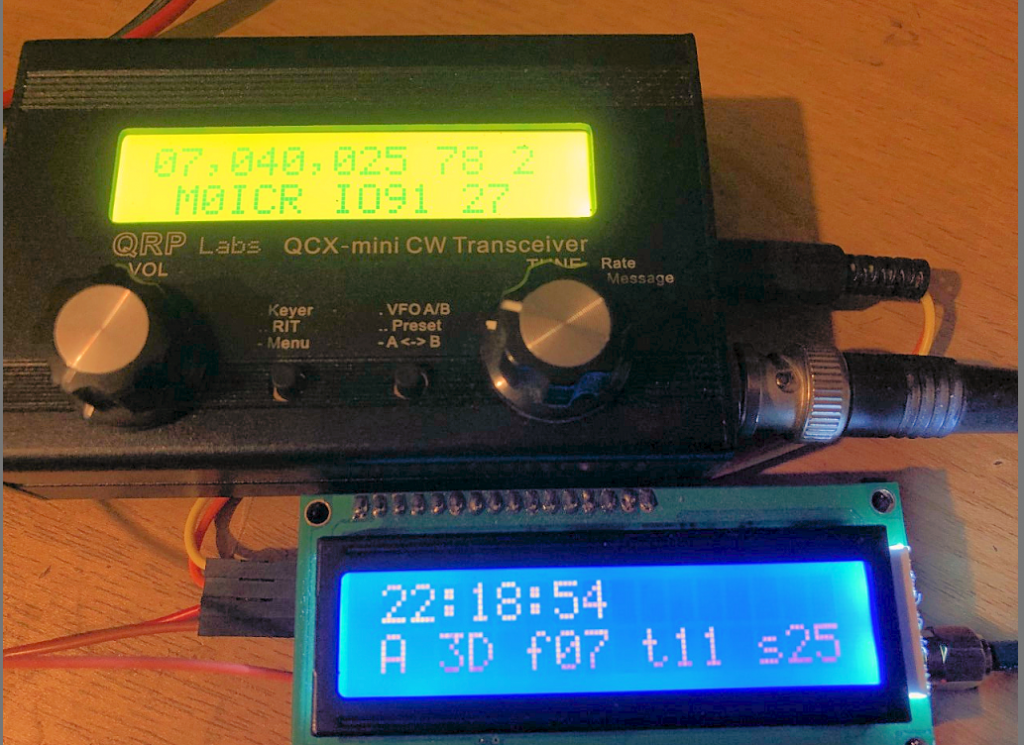
GPS module is providing frequency calibration, timings and location for the QCX Mini whilst it transmits WSPR on the 40m band.
GPS module shows a 3-Dimensional fix (Lat, Long and Altitude) , 7 satellites fixed and tracking a total of 11.

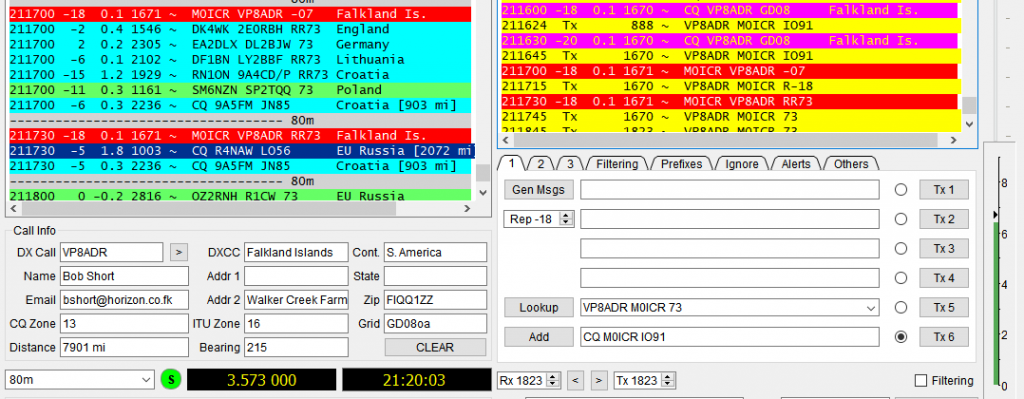


Confirmed on LOTW, great!

Update:
Worked the next day on 15m also:

and now on 12m!
